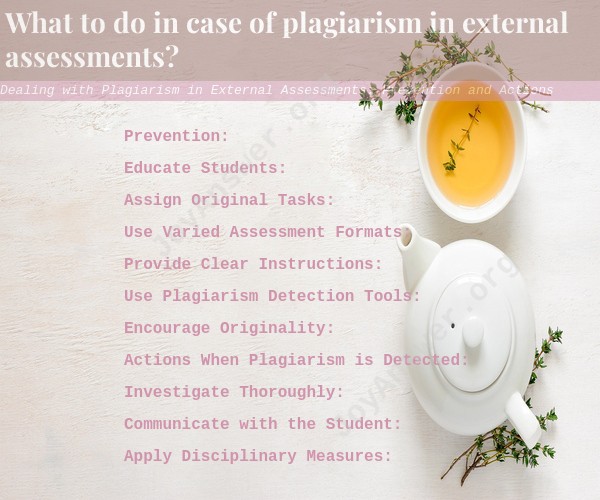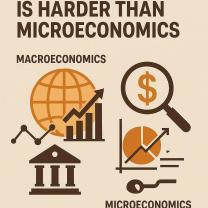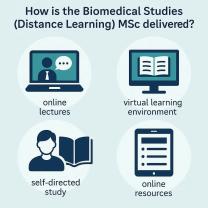What to do in case of plagiarism in external assessments?
Dealing with plagiarism in external assessments is a serious concern in educational settings. Plagiarism undermines academic integrity, diminishes the value of assessments, and hampers the learning process. Here's a guide on how to prevent plagiarism and take appropriate actions when it occurs:
Prevention:
Educate Students: Clearly explain what constitutes plagiarism and the consequences of engaging in it. Provide guidelines on proper citation and referencing.
Assign Original Tasks: Design assessments that require critical thinking, analysis, and application of knowledge. Tasks that encourage personal reflection or creativity are less likely to be plagiarized.
Use Varied Assessment Formats: Utilize a mix of question types, such as essays, problem-solving, projects, and presentations, to make it harder for students to copy from external sources.
Provide Clear Instructions: Clearly outline expectations, submission guidelines, and citation formats for external sources.
Use Plagiarism Detection Tools: Employ plagiarism detection software to identify copied content. Inform students that their work will be checked using such tools.
Encourage Originality: Create an environment where original work is valued and celebrated. Foster discussions that promote critical thinking and idea generation.
Actions When Plagiarism is Detected:
Investigate Thoroughly: Examine the evidence to confirm if plagiarism has occurred. Check for direct copying, paraphrasing without proper attribution, and unoriginal content.
Communicate with the Student: If plagiarism is confirmed, meet with the student to discuss the issue. Give them an opportunity to explain themselves and share their perspective.
Apply Disciplinary Measures: Depending on the severity of the plagiarism, apply appropriate penalties as per institutional policies. This could range from a warning to more serious consequences like failing the assessment.
Educate and Counsel: Use the incident as an educational opportunity. Discuss the importance of academic integrity, proper citation, and the negative impact of plagiarism on learning.
Resubmission or Retake: Consider allowing the student to resubmit the assignment with a penalty, or offer an alternative assessment.
Document the Incident: Keep a record of the incident, investigation process, actions taken, and communication with the student. This may be required for future reference.
Promote a Culture of Integrity: Reinforce the importance of academic honesty across the institution. Engage students in discussions about ethics, proper research practices, and originality.
Continual Monitoring: Maintain vigilance and continue using plagiarism detection tools for future assessments.
Review Assessment Design: Reflect on the assessment structure and questions to identify potential loopholes that may have contributed to plagiarism.
Addressing plagiarism in external assessments requires a combination of preventive measures, proper investigation, and fair disciplinary actions. By fostering a culture of academic integrity and emphasizing the value of original work, institutions can discourage plagiarism and uphold the standards of education and learning.












